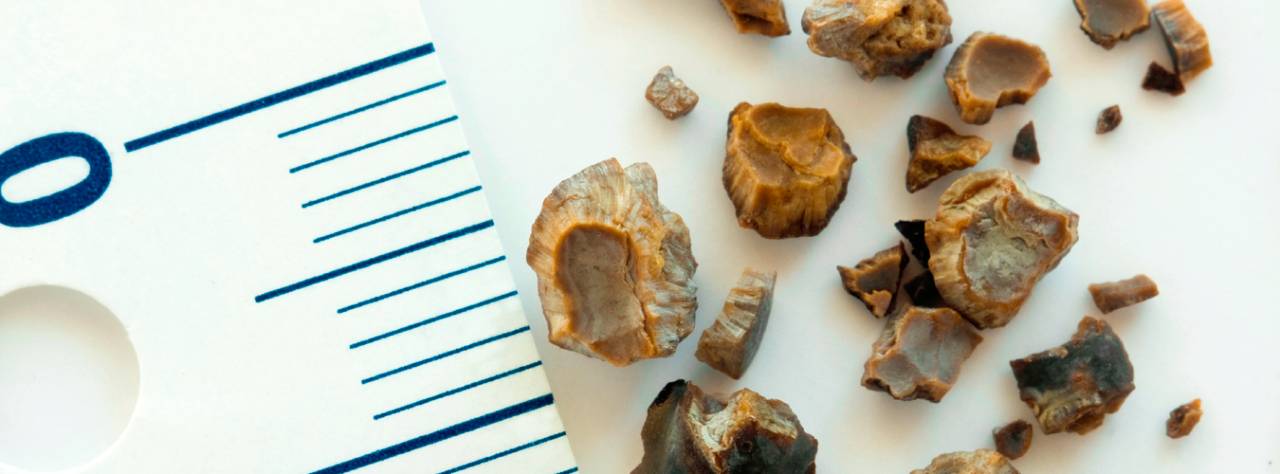The overall incidence of renal stones is around 10% due to the westernization in diet and sedentary lifestyle, the incidence is on the rise. If left untreated, the stones can damage the kidneys. It is of utmost importance to diagnose early and treat the stones accordingly at the earliest. Small stones in the kidney can be managed conservatively while larger stones require intervention.
The recent treats in surgery to improve the outcome of surgery through advanced surgical innovation, being minimally invasive and reduce the recovery time as well as complications. In today’s world, open surgery for kidney stone is very rarely necessary.
Treatment options for renal stones
Extracorporeal Shockwave Lithotripsy (ESWL) can be done for stones less than 2cm in size. In this procedure, the stone is fragmented with the help of a machine placed on the body surface. This machine generates shock waves which are focused on the stone. The advantage of the procedure is that it is non-invasive.
Interventional Therapies
The disadvantages of this procedure are:
- Sometimes two or three sessions may be required to fragment the stone
- Hard stones may not get fragmented
- Even after fragmentation, the fragments may not pass in the urine thereby decreasing the success rate of the procedure.
- It is difficult in obese patients, when the kidney is in an abnormal location and when the stone is not visualized on the X-Ray.
Percutaneous Nephrolithotripsy (PCNL) is a procedure where a small hole is made into the kidney and the stone is fragmented and retrieved.
The disadvantages of this procedure are:
- Hospital stay is extended to 4-5 days and rest is required for 3 weeks
- This procedure is more invasive
- More than one hole may be necessary for treating multiple renal stones
- Bleeding can occur after this procedure and may require angioembolisation
Flexible ureteroscopy/ RIRS and Laser is the most advanced treatment option available for renal stones. This is the minimally invasive treatment option for most of the renal stones.
The advantages of flexible ureteroscopy are,
- No incision at all
- No bleeding
- Earlier return to work (within 24-48 hours)
- Very minimally invasive
Limitations
Flexible ureteroscopy is really suited for patients on blood thinners, pregnant females morbidly obese, patients with bleeding disorders and abnormally located kidneys.
How is flexible ureteroscopy performed?
The procedure is either done under general or regional anaesthesia. Once you are under anaesthesia, the doctor enters your bladder with the endoscope through the urethra without making an incision in your body. Depending on the location of the stone, a rigid or flexible ureteroscope is used. A rigid endoscope can be passed only to the upper ureter. The flexible ureteroscope allows your doctor to reach virtually every point within the kidney. When the stone is identified, it can be fragmented using a laser. Following this, the stone fragments are removed.
Based on how the operation goes, your doctor may need to place a DJ-stent (a small plastic tube from kidney to the bladder) in the ureter to make sure that there is no obstruction to urine flow. The stent will be removed when your urine flow is back to normal. This can take anywhere between two or three weeks. Lastly, if the ureter is too small to advance the ureteroscope, the urologist will usually leave a stent, allowing the ureter to “dilate” around the stent, and reschedule the procedure 2-3 weeks later.
Depending on stone size, location, and number, success rates can reach up to 90% ask your surgeon to discuss success rates tailored to your particular stone disease.





